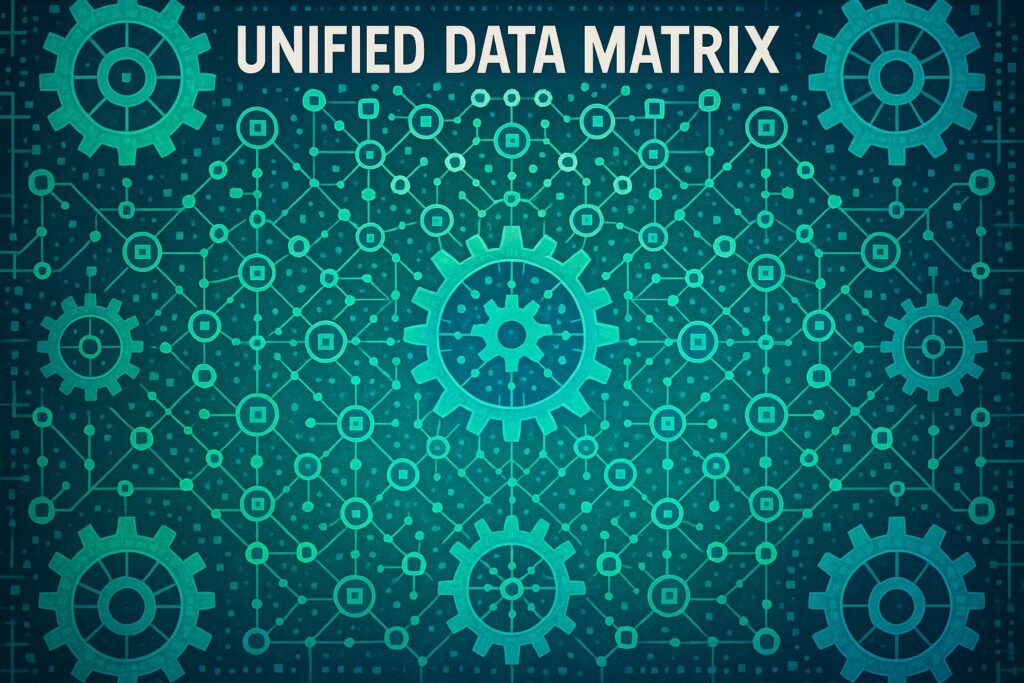Listen to the article
As AI technologies become integral to supply chain optimisation, experts emphasise that robust data harmonization processes are essential for accurate insights, operational agility, and organisational alignment, transforming scattered data into a strategic asset.
In the rapidly evolving landscape of AI-driven supply chains, the foundation of success lies not in the sophistication of the AI technologies themselves, but in the quality and consistency of the data they are built upon. Leading logistics experts stress that advanced AI frameworks such as A2A agents, memory-centric processing layers, retrieval-augmented generation pipelines, and graph-based reasoning tools will falter without robust data harmonization strategies. Data harmonization—the process of standardizing, integrating, and aligning disparate data from multiple internal and external sources—is deemed essential to unlock the transformative potential of AI in supply chains.
Data harmonization involves multiple critical steps: aligning data formats like dates and currencies, mapping different schema identifiers such as supplier IDs or vendor codes, normalizing terminology to unify product descriptors, and resolving duplicates or inconsistencies between fragmented systems. The ultimate goal is not flawless data but consistent and usable datasets that underpin AI functionality. This is particularly vital in supply chains where data originates from numerous systems—transportation management systems (TMS), enterprise resource planning (ERP), warehouse management systems (WMS), order management systems (OMS), and others—often having incompatible formats, inconsistent labelling, or missing metadata. For example, shipment IDs must be uniformly recognized across these platforms to enable accurate tracking and prediction; otherwise, AI models risk generating flawed insights or irrelevant recommendations.
Industry leaders from companies like P&G, Maersk, and Unilever provide compelling use cases illustrating the importance of data harmonization. P&G consolidated over 100 global data feeds into a centralized platform, enabling daily demand forecasting through AI. Maersk created a digital twin of their container shipping network by harmonizing data from ports, carriers, and customs agencies, enhancing visibility and operational agility. Unilever developed a risk model for suppliers by integrating environmental, social, governance (ESG), financial, and logistical data from dozens of systems, supporting more informed sourcing decisions. Such examples highlight that effective AI in supply chains depends on seamlessly connected, accurate data layers rather than isolated, inconsistent silos.
The process to achieve this harmonization typically follows methodical stages starting with a comprehensive audit and cataloguing of data sources and entities, followed by standardization and normalization of naming conventions, units of measure, and timestamp formats. Integration through APIs or data lakes facilitates centralized storage and real-time updates, while ongoing data governance ensures quality monitoring and traceability. Preparing data for AI further requires conversion into usable formats like embeddings or graph entities and annotation with contextual metadata, enabling AI systems to draw meaningful inferences across complex datasets.
Implementing a suitable technology stack reinforces these efforts, with platforms such as Snowflake, Databricks, or Google BigQuery providing unified data lakes; ETL tools like Fivetran and Talend streamlining transformation; master data management (MDM) solutions ensuring single sources of truth; and API gateways and event streaming tools enabling real-time data flow and integration. AI-powered platforms specialized in data harmonization are also emerging, particularly in asset-heavy industries, offering automated cleansing, normalization, and governance capabilities to improve master data resources and operational efficiency.
Crucially, the risks of bypassing or underinvesting in data harmonization are significant. AI models fed with inconsistent or mismatched inputs may produce unpredictable outputs or hallucinated answers, undermining trust and the practical utility of AI-powered decision-making. Misaligned data can lead to conflicting performance metrics across operational functions, inhibiting coordinated responses. Core AI applications such as dynamic rerouting, prescriptive sourcing, and risk modelling become infeasible, and regulatory compliance may be compromised due to inaccurate reporting or misclassifications.
Beyond technical challenges, the harmonization of supply chain data also bridges organizational divides by establishing a common language across logistics, finance, and operations. It enables companies to transform raw data into actionable insights, improving visibility, forecasting accuracy, and decision response times. According to experts, this foundational work is indispensable before deploying cutting-edge AI architectures in supply chains and remains the key to realising AI’s promise of enhanced resilience, efficiency, and competitive advantage in a complex global environment.
📌 Reference Map:
- Paragraph 1 – [1], [2], [3]
- Paragraph 2 – [1], [5], [7]
- Paragraph 3 – [1], [4]
- Paragraph 4 – [1], [5], [7]
- Paragraph 5 – [1], [4]
- Paragraph 6 – [1], [5], [6]
- Paragraph 7 – [1], [2], [3]
Source: Noah Wire Services



